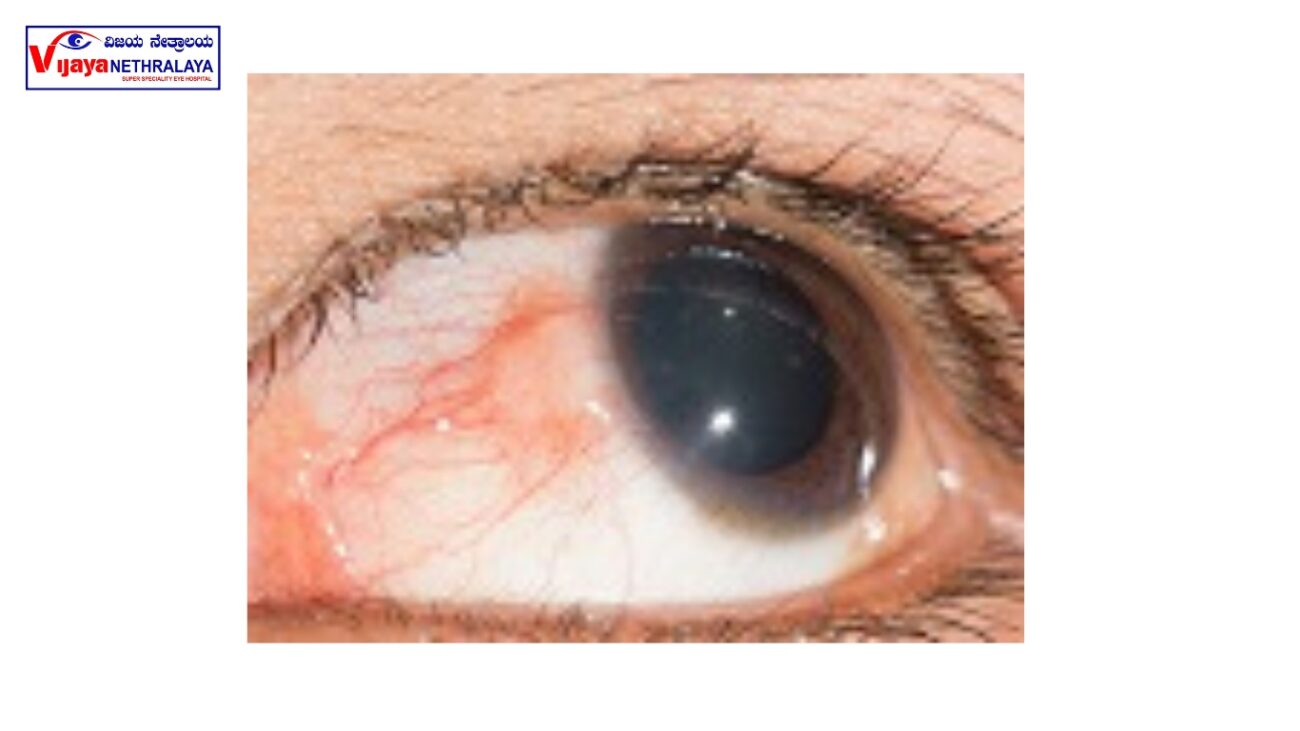Introduction:
Episcleritis is a condition marked by redness of the episclera, which is a thin layer of tissue that covers the white part of the eye. However, despite causing pain and redness, episcleritis is generally considered a benign condition and commonly does not affect vision. In this article, we will delve into the symptoms, causes, and treatment options available for episcleritis.
What is Episcleritis?
Episcleritis, a common cause of red eye, occurs when the episclera undergoes acute inflammation, resulting in dilatation and engorgement of the episcleral blood vessels.
What is Episclera?
- Episclera is the membranous layer that lies between the sclera (the tough white layer of the eye) and the conjunctiva (clear mucous membrane overlying the sclera).
- The episclera is usually not visible because it is clear and its blood vessels are very thin and small.

Who is at risk to develop Episcleritis?
- Episcleritis typically affects women more frequently than men
- It is generally seen in people who are in their 30s and 40s.
- Episcleritis is a recurrent condition.
- It may affect one or both of our eyes.
What are the causes of EPISCLERITIS ?
- Usually, there is no apparent cause for episcleritis.
- In 25-35% of patients, it can be connected with inflammatory conditions like: Rheumatoid Arthritis, Inflammatory bowel disease, SLE (Systemic lupus erythematosis), Psoriatic arthritis, Ankylosing spondylitis, Wegener’s granulomatosis.
Is it an infection?
No. Episcleritis is an inflammation not an infection. Hence, it does not spread from one person to another.
What are the symptoms of EPISCLERITIS?
Symptoms vary from person to person.
Most common complaints include:
- Mild eye pain or discomfort
- Sudden onset localised redness in one or both the eyes
- Watering
- Tenderness on touch
- Increased sensitivity to light
What are the types?
- Diffuse Episcleritis – redness involving any one section/quadrant of one eye.
- Nodular episcleritis- an elevated area or nodule within the redness.

What is the treatment?
Episcleritis is a self-limiting condition. It normally resolves within two to three weeks, without treatment.
- Artificial tear drops may be advised.
- If you experience pain or severe discomfort, your doctor may prescribe mild steroid or nonsteroidal anti-inflammatory eye drops and tablets. You will need to slowly taper off these medicines as the condition can recur.
Are there any complications?
- Episcleritis is a recurrent condition.
- Some may develop ‘Scleritis’ which is the inflammation of sclera and a more painful condition.
What should I do if I get Episcleritis again?
- If you have a recurrence you should wait to see if it resolves with anti-inflammatory tablets and artificial tears.
- If it does not resolve and is painful your ophthalmologist may refer you for appropriate laboratory tests to rule out a systemic autoimmune inflammatory condition.
Author Details:
Dr. Sinchana Adyanthaya is a dedicated ophthalmologist with a wide range of experience. She has excelled in routine OPD work, managed high-volume OPDs, and execute various eye procedures. Her fellowship in Cornea and Refractive Surgery has enhanced her skills in advanced corneal investigations and surgeries. Dr. Adyanthaya has published research articles, presented at conferences, and ardently participated in academic activities. With her proficiency in multiple languages, she ensures effective communication with patients. Overall, she is a skilled and caring ophthalmologist committed to bringing excellent care.

Conclusion:
Episcleritis is a relatively common eye condition marked by the infection of the episclera. Although it can cause pain and redness, it is generally a benign condition that doesn’t lead to permanent vision loss. By understanding the symptoms, causes, and treatment options for episcleritis, individuals can competently manage the condition and seek appropriate medical care when needed.

